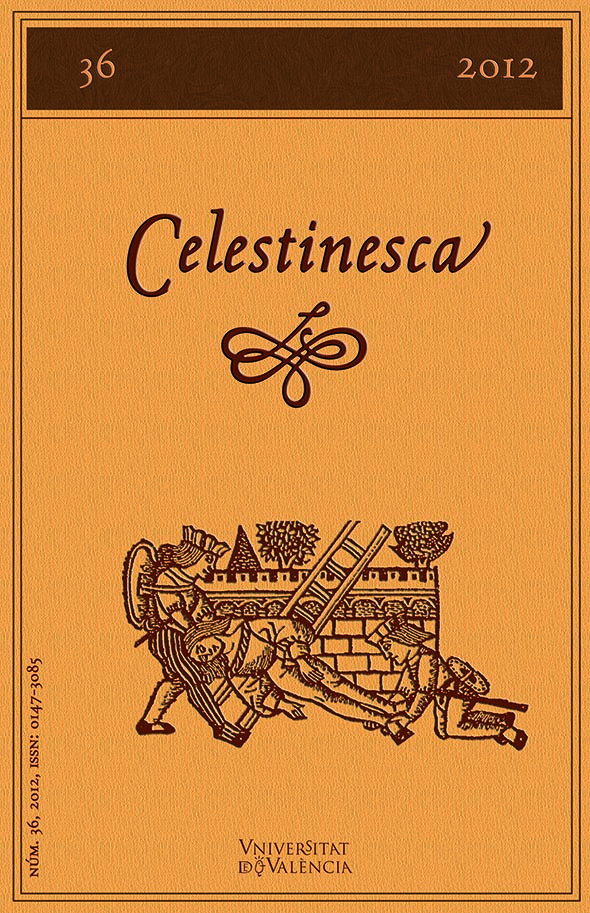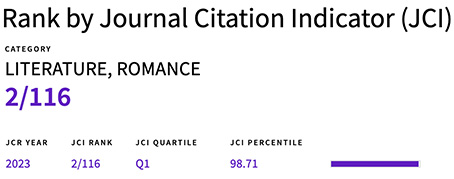La Celestina and the Popularization of Graphic Criminal Violence
DOI:
https://doi.org/10.7203/Celestinesca.36.20146Keywords:
Celestina, crime, violence, Caída de príncipes, Segunda Celestina, Tercera Celestina, Auto de Traso Abstract
Abstract
In Spanish literature, La Celestina marks a watershed in its strikingly modern and detailed treatment of the criminal classes, and it is perhaps the first work of fiction to successfully bring the world of the hampa to the written page as much for entertainment as for moralization. La Celestina is the starting point for the popularization of graphic violence, particularly in an urban setting, as the fictionalized version of a publicly recognized phenomenon would become increasingly popular in Spain throughout the first half of the sixteenth-century. Rojas's training in law and rhetoric, along with first-hand knowledge of the hampa aided in his portrayal of violent criminal behavior. The addition (sometimes by others) of gangster-laden texts, such as the «autos» of Centurio and Traso, along with details from sixteenth-century woodcuts, and increased criminality in La Celestina's «sequels», all reveal the audience's increased desire to see violent lawbreakers at work and at play.
 Downloads
Downloads
Downloads
Published
How to Cite
-
Abstract460
-
PDF (Español)272
Issue
Section
License
![]() Celestinesca is committed to the dissemination of knowledge, that is why access to its contents is free and is ruled by a Creative Commons Attribution-NonCommercial-NoDerivatives 4.0 license.
Celestinesca is committed to the dissemination of knowledge, that is why access to its contents is free and is ruled by a Creative Commons Attribution-NonCommercial-NoDerivatives 4.0 license.
Authors retain the rights to their works. Therefore, they can disseminate them and deposit them in the repository, institutional or not, that they wish. However, they are kindly requested to do so by providing the full bibliographic reference and the corresponding DOI.
Celestinesca does not charge authors for submitting, processing, reviewing or publishing their articles.





